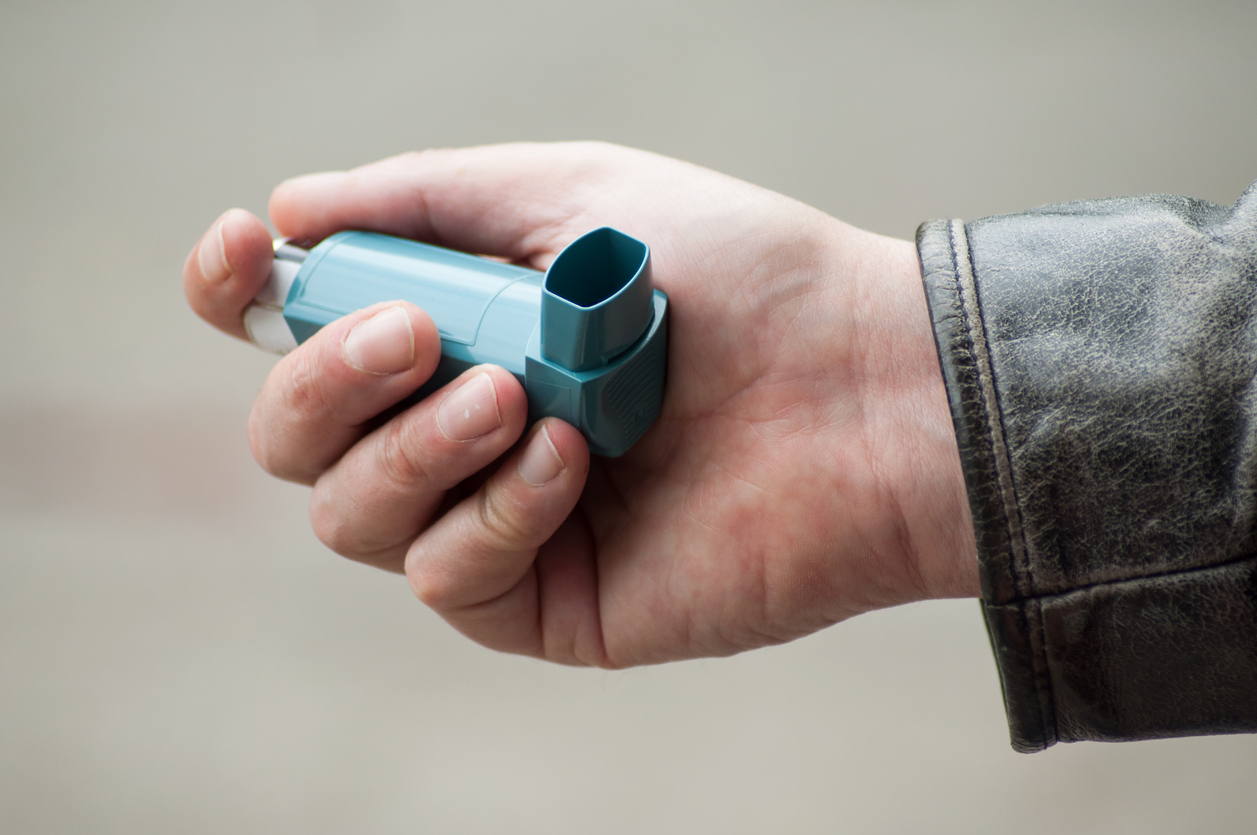How do I clean my spacer?
A spacer should be cleaned every 2-4 weeks and following a cold/flu. To clean your spacer:
- Pull it apart where possible
- Wash it in warm soapy water and allow it to drip-dry; do not rinse it or dry it with a cloth, as this can result in static build up inside of the spacer
- Put the spacer back together again once it is completely dry.
New spacers (e.g. Able Spacer Universal, Volumatic) need to be washed before you use them for the first time. Spacers made from antistatic polymers (e.g. Able A2A, AeroChamber Plus, Breathe Eazy, La Petite E-Chamber, La Grande E-Chamber, OptiChamber Diamond) do not need to be washed before first use, nor do disposable cardboard spacers.
